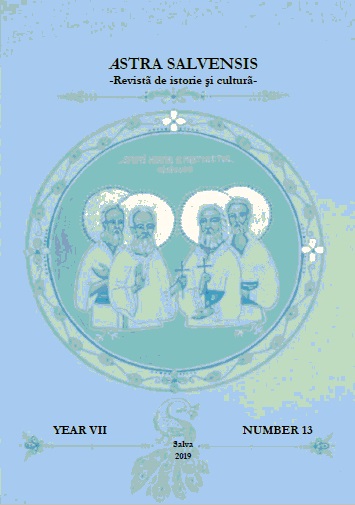THE STUDY OF BLENDED LEARNING METHODS IN HIGHER EDUCATION INSTITUTIONS
THE STUDY OF BLENDED LEARNING METHODS IN HIGHER EDUCATION INSTITUTIONS
Author(s): Irina I. Ushatikova, Elena Konovalova, Viktoriya V. LING, Victor Chernyshev, Anna Alekseevna DmitrievaSubject(s): Social Sciences, Education, Adult Education, Higher Education
Published by: Asociaţiunea Transilvană pentru Literatura Română şi Cultura Poporului Român - ASTRA
Keywords: Higher education institution; blended learning models; students; teachers; factors;
Summary/Abstract: The relevance of the study is determined by the fact that the considerable attention to the problem of the training quality has been paid, because in recent years the employers appreciate an acute dissatisfaction with the training of graduates on labor market. A graduate of a higher educational institution of any qualification is required to possess not only theoretical knowledge, but also practical skills in solving problems in the professional sphere. The use of traditional learning (lectures, workshops, seminars) often leads to the passivity of students and does not cause much interest in the manifestation of their capabilities. Therefore, one of the tasks of modern education is to increase the interest on the part of students to acquire knowledge, on the other hand, to activate their activity in acquiring this knowledge independently. One of the important factors for improving the system of training professional personnel in higher education is the active use of more effective teaching methods and technologies in the educational process, in particular, e-learning, distance learning technologies. The combination of models, forms and methods of learning becomes relevant, blended learning acquires a special role.
Journal: Astra Salvensis - revista de istorie si cultura
- Issue Year: VII/2019
- Issue No: 13
- Page Range: 367-387
- Page Count: 21
- Language: English

